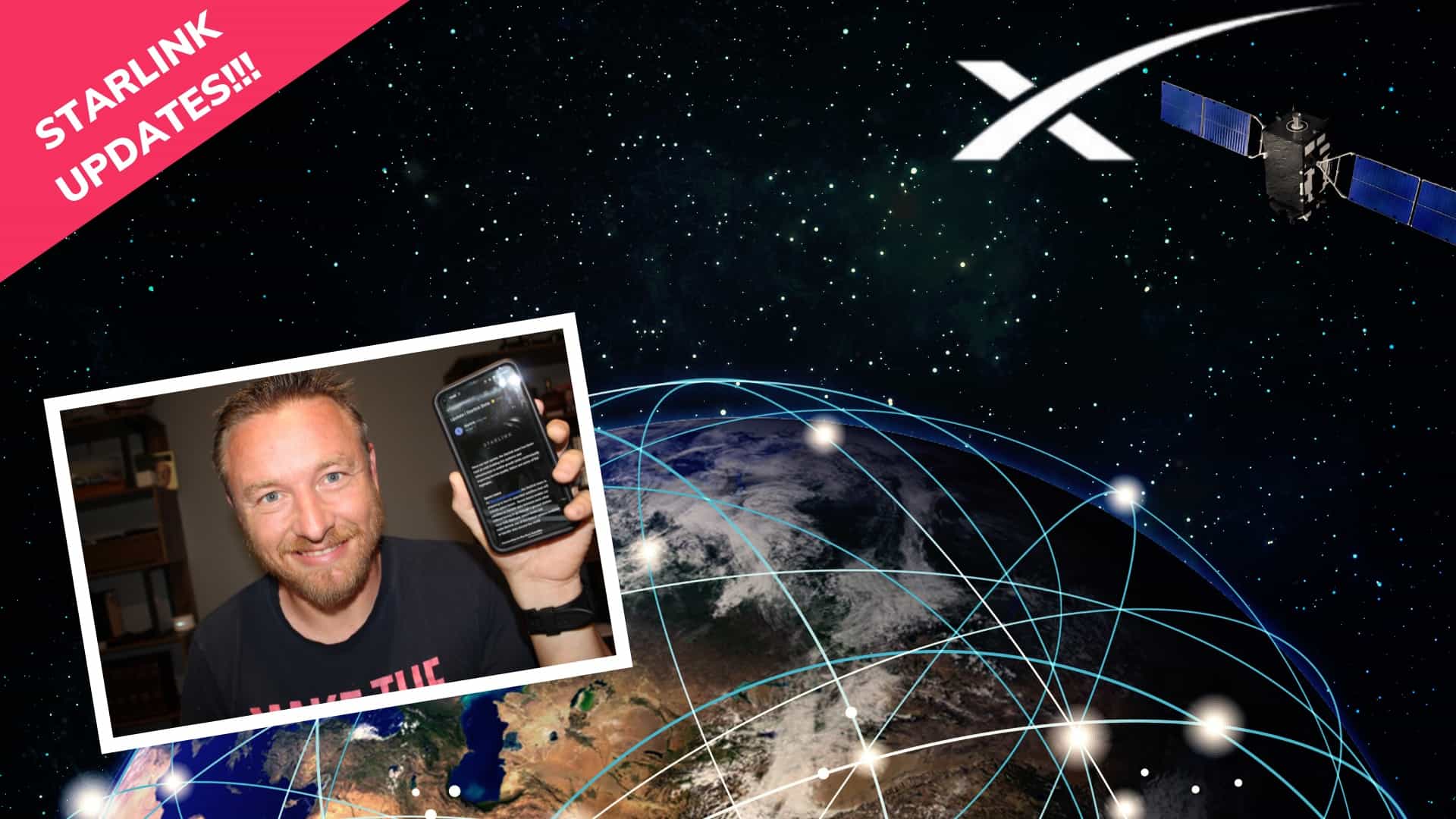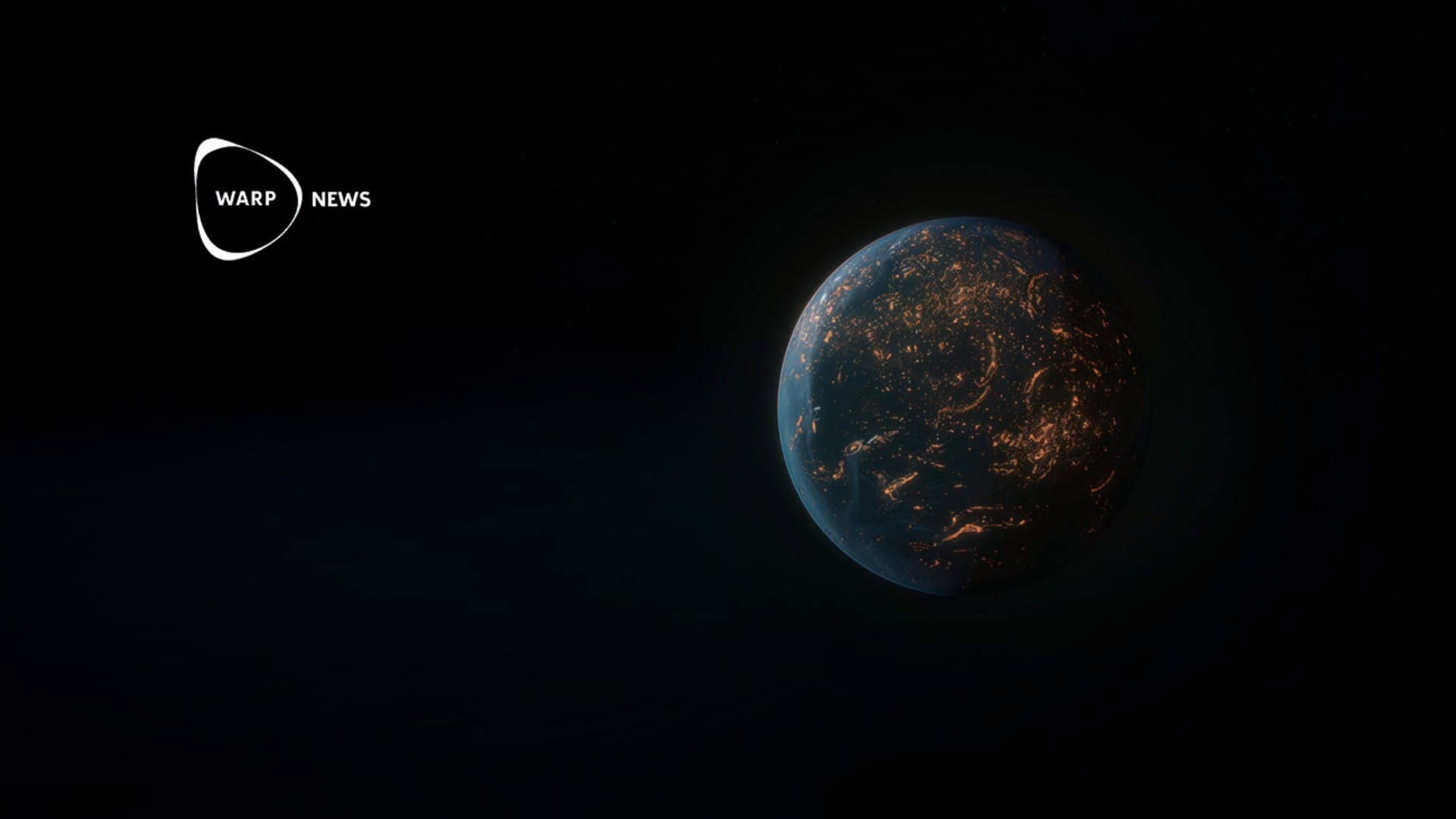
🛰️ Space lasers! Latest updates from Starlink
Space lasers, improved satellite connection, high-temperature management, and app upgrades. This week, the Starlink team sent an email to current beta-testing customers explaining the latest improvements. In this article, I’ll share these updates with you and what they mean.
Share this story!
Starlink is all the rage right now as it moves closer and closer to global coverage and (probably) soon exiting the beta phase and coming into full production.
In May of this year, I had the opportunity to become a Starlink beta-test customer. I was among the first wave of customers on the east coast of the United States to receive a Starlink kit and put it to the test. That very day I made a YouTube video where I shared the unboxing, setup, and speed testing in the beta program.
Two weeks later, after a lot of trial and error, experimentation, and learning, I recorded another video where I shared the 5 Things I've Learned After 2 Weeks of SpaceX Service. This video really resonated with the Starlink community and has done extraordinarily well. At the time of this writing, it has about 130,000 views on YouTube!
As exciting as it was to experience Starlink during these first weeks as a customer, the future is even more exciting. We in the beta-test community just received an email from the Starlink Team about improvements and it is becoming more and more evident that we are getting very close to full global coverage and exiting beta into full, live production. So what was in this exclusive email? Let’s dive in…
Space Lasers
Space LASERS?! Yes. I had to read that twice when I first saw the email.

As amazing as the Starlink satellites already are, the Starlink team will soon be launching upgraded satellites that will include space lasers. These devices will enable the satellites to transfer data between one another without having to go through a ground station. Space lasers will be instrumental in allowing Starlink to achieve global coverage. Not requiring ground stations will solve problems such as how the Starlink constellation can cross oceans, and avoid the massive costs that would be involved in building ground stations in remote locations like the North and South poles. Allowing the satellites to be directly linked will also reduce latency since signals are not passed through the “third party” ground station.
Connecting to the best satellite
One of the most common complaints by current Starlink customers (ie, beta testers. Bugs and issues should be expected) is downtime. It’s simple to understand. Starlink is still launching satellites. Until enough satellites are launched to support widespread coverage, downtime will occur.
That said, the Starlink team has completed the rollout of a new feature “to all users that enable your Starlink to seamlessly switch to a different satellite in real-time”. What does this mean? One of the defining differences between a Starlink dish and a traditional satellite dish is the ability to pivot and rotate, connecting to any one of the many satellites within your dish’s field of view. While there can only be one satellite connected to a Starlink dish at any given time, there are a number of options for which of those satellites it could be. If the dish determines that its current connection is not the best option (for example, if there is heavy cloud cover in an area of the sky), the dish can now switch to a different satellite in real-time. This will result in far fewer network disruptions and outages.
High-temperature management
This one was a bit of a surprise to me. I live in an area that gets pretty hot in the summer, commonly over 90 degrees Fahrenheit. This can result in rooftop surface temperatures well over 130 degrees Fahrenheit. I have yet to encounter this problem. But, if Starlink has addressed it, it is clearly a problem for many of their beta testers.
According to the email,
“The Starlink team has initiated a series of software improvements that change how your Starlink responds to high temperatures. These improvements will roll out over the next few weeks and should address invalid “Thermal Shutdown” app alerts seen by some customers.”
Starlink App Upgrades
The final improvement shared in the email focuses on the Starlink app. I personally glance at the Starlink app almost daily. It shows some very relevant (albeit geeky) statistics on the quality of your connection, a 12-hour history of any downtime, latency reports, download and upload usage, and signal-to-noise ratio.
I have also used the “Stow” and “Reboot” features several times when I was finding the perfect spot on my roof to mount the dish.
Beyond those, the app does not have that many practical uses. Starlink is now addressing that. They have recently rolled out new app features that include:
- The ability to make network name/password changes
- Enable WPA3 security
- Separate control of 2.4Ghz and 5Ghz
All in all, this email demonstrates how close Starlink is to becoming completely global and becoming the world’s most advanced broadband internet system. To date, Starlink has received orders from almost every country in the world.
Of course, to accompany this text, I have also created another YouTube video. You can check it out here:
By becoming a premium supporter, you help in the creation and sharing of fact-based optimistic news all over the world.


